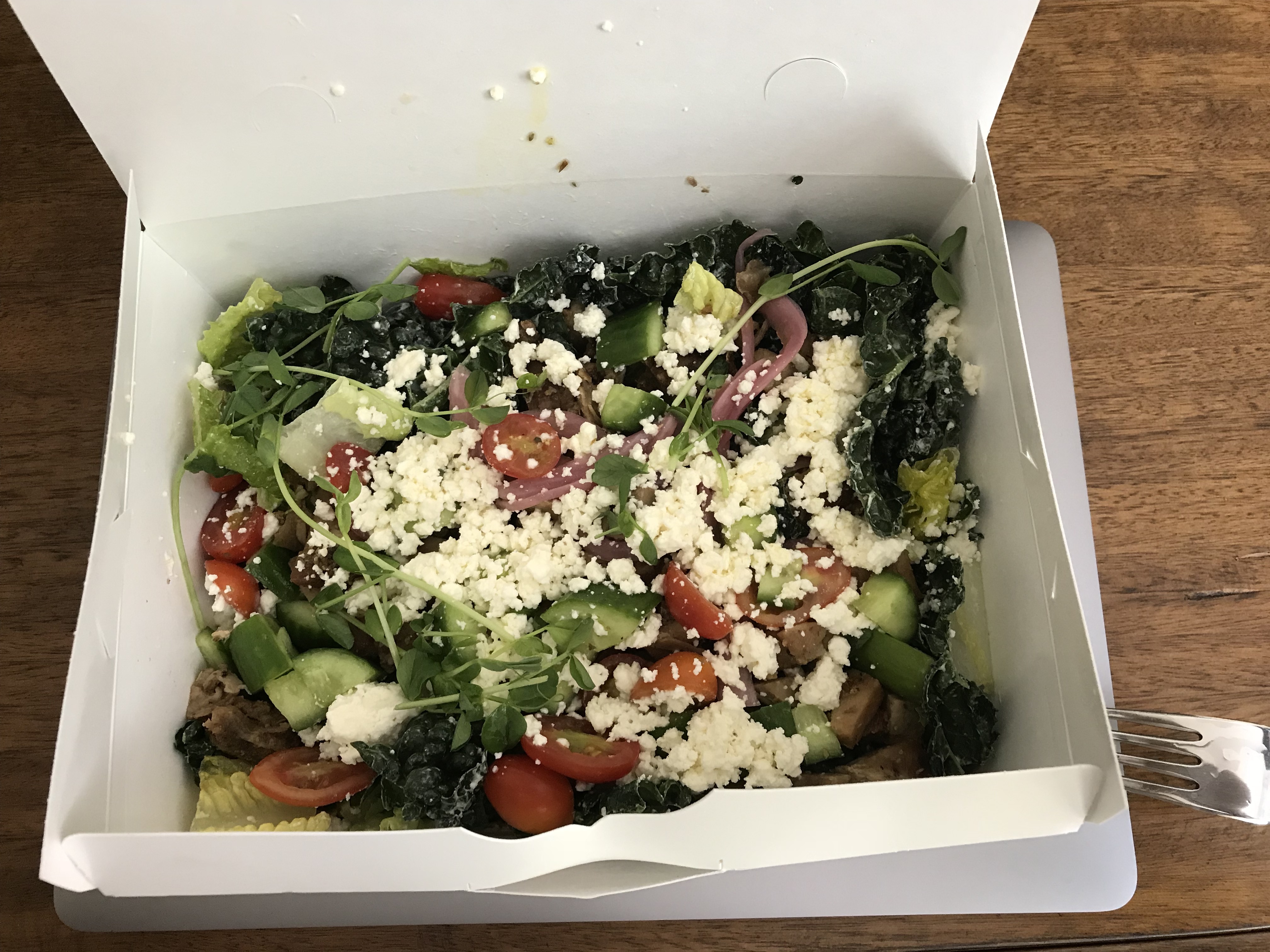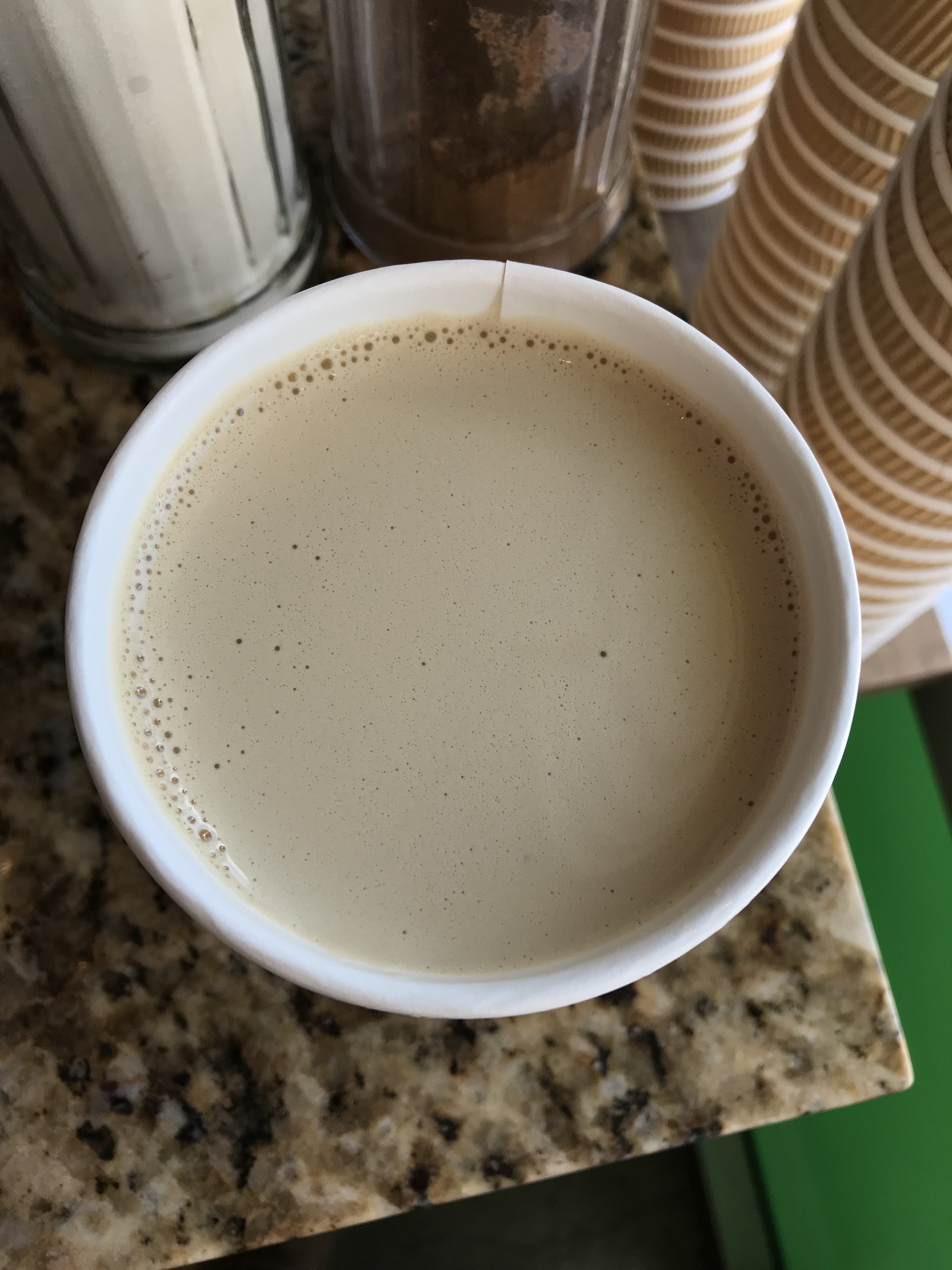NOTES ON FASTING
The hardest part of not eating for 120 hours and 11 minutes was the boredom. From the afternoon of May 17th until a late lunch on May 22nd, it was as if I found myself living in a boundless void. Time stretched out forever. I’m not sure if it’s a psychological thing — not having meals to break up the day or look forward to — or if it’s a physiological response, a dilation of time designed to give the primal senses a better chance of finding the next meal. It might be a combination of both.

Along with feeling like I almost had more time than I knew what to do with, I found it very difficult to remain focused on the work I was trying to get done. My attention was rabidly looking for any sort of new stimuli. Curiously, I rarely thought about food or felt hungry.
Why do I do this to myself?
Rationale
Everything written here is personal observation and conjecture, not medical advice.
Assuming sleep, hydration, and electrolytes are dialed in (more on this below), fasts under 7 or so days are relatively low-risk; I’m much more interested in the upsides.
The absence of food triggers cellular apoptosis (controlled cell death) and autophagy (recycling cells and tissues). Both processes cull cells, organelles, and proteins naturally damaged or weakened by time; the accumulation of damaged cells is thought to contribute to the aging process. More pertinently, there are indications that this process disproportionately purges cancerous and pre-cancerous cells, which are more voracious for energy (glucose in particular) than healthy cells.
There is also research that fasting “induce[s] immune system regeneration” by activating dormant stem cells.
With the right preparation ahead of time (more on this below), fasts of several days are also effective at dropping body fat. To be fair, most of the observed weight difference is water weight, which is regained shortly after breaking the fast, but beyond the third day or so (for me), I observed a sustained drop in body fat and waist circumference.
Finally, I think it’s a good life skill to practice hard things from time to time, if for no other reason than sheer curiosity.
Electrolytes
I didn’t realize how important electrolytes were the first time I did a multi-day fast (which I decided to embark on after outlasting two full turns of the table across from me at a Vegas lunch buffet). 40 hours in, I was laid out in bed with the rapid onset of extreme nausea, although I didn’t know the cause at the time. I managed to order some food, and ended that experiment.
In subsequent attempts, I made sure to supplement sodium (via sea salt) and potassium (chloride). I added magnesium (glycinate) for the first time this time. Multiply the elemental amount by the serving size, weight it out, and sip with water during the day.
Side note: magnesium glycinate in water tastes like rotten eggs with an aftertaste of rotten seafood a few seconds after swallowing. Drink up!
Before starting, I discussed with my doctor the amount of each I should be consuming. The RDA is up to 2300mg sodium, 4700mg potassium, and likely around 400–500mg magnesium. I intended to get a full RDA each day, but found it incredibly difficult to get through it all. A few days in, I started noticing lethargy and a lack of focus when I hadn’t had consumed electrolytes in a while, and a reliable bump in energy levels once I did. I stopped measuring and simply relied on that feedback loop to cue my next salt hit.
Ketosis
Entering ketosis is the key to getting through extended fasts. If a fast begins while in the body’s default glycolytic state (using glucose for energy), the subsequent gluconeogenesis will break down muscle tissue for glucose. Entering ketosis lowers energy requirements from glucose in favor of ketone bodies produced from fat stores.
To minimize muscle wasting, I entered mild ketosis in the days leading up to my fast, primarily via ketogenic foods, overnight intermittent fasting, and a small amount of exogenous ketones in the morning.


Since ketogenesis begins when liver glycogen is depleted (the liver can store about 100g of glycogen), I walked and biked for a few hours during the first 24 hours. Between moderate exercise and my ~1900-calorie BMR, I was able to enter ketosis before the end of the first full day.
Results
- I weighed 172.0 pounds on the morning of May 17th, and 162.2 pounds on the morning of May 22nd (a difference of about 4.5kg). Assuming a total of ~500g stored glycogen between my liver and muscles, most of which would have been depleted, and a 4:1 ratio of water to glycogen and 1:1 ratio of water to fat tissue, I’d expect about 2.5 – 3 pounds of fat loss. Net of the corresponding water, I’d expect my weight to return to about 166–167 pounds, which is inline with what I’ve measured in the week since I broke my fast.
While I didn’t measure body composition or muscle mass, I matched (or was within normal variance) my pre-fast numbers on my bench press, squat, and other functional strength exercises when I went back to the gym four and five days after the fast.
Unexpected, this adventure also renewed my curiosity in optimizing my health, nutrition, and exercise. After tweaking my routines in early January, I’d fallen into a rut of behaviors that weren’t necessarily beneficial or leading to results. Instead, I’ve been redesigning my meals, exercise plan, and daily schedule, and have already noticed some improvements … more on this in a future post.